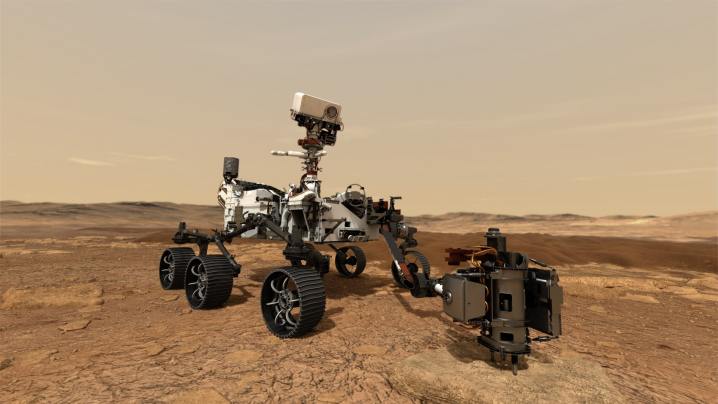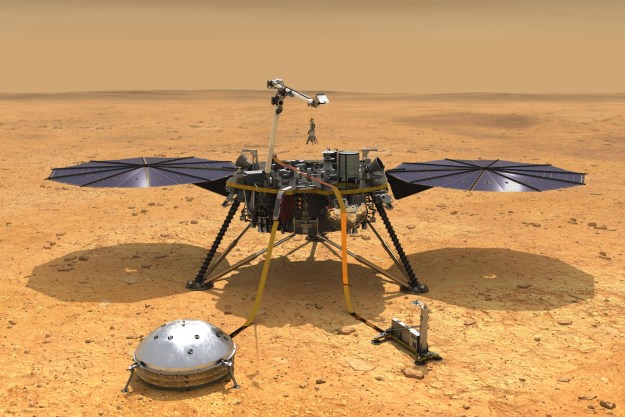
NASA’s rover Perseverance is due to land on Mars in February next year, where it will join its sibling Curiosity in exploring the red planet and searching for evidence of ancient life. But this is just the first part of NASA’s plans for the planet. The next step after having rovers gather data and analyze samples on the planet is to actually collect a sample of the Martian rock and soil and bring it back to Earth where it can be studied in more detail.
Bringing rock from Mars to Earth is no easy matter, however. Such a mission will require at least four components: A lander to make the perilous journey through the thin Martian atmosphere and land on the surface, a small rover to head out to the required location and collect the sample, and an ascent vehicle to carry the sample from the surface back up into orbit, and a return orbiter to dock with the ascender to take the sample and bring it back to Earth.
This complex system is what NASA is working on, along with the European Space Agency, in a mission called Mars Sample Return (MSR). The agencies want this mission to go ahead in the early 2030s, and though they have been theoretically planning the components for some time, now they are moving onto what is called Phase A: The preliminary analysis of the mission, when they decide exactly what to build and get into the nitty-gritty details of how the mission will operate.
“Returning samples of Mars to Earth has been a goal of planetary scientists since the early days of the space age, and the successful completion of this MSR key decision point is an important next step in transforming this goal into reality,” said Thomas Zurbuchen, associate administrator for science at NASA, in a statement. “MSR is a complex campaign, and it encapsulates the very essence of pioneering space exploration — pushing the boundaries of what’s capable and, in so doing, furthering our understanding of our place in the universe.”
The potential benefits of having a sample of Mars to study on Earth are huge — from understanding more about the planet’s history and whether it ever hosted life, to giving clues to why it diverged so far from Earth in its development, to preparing to send humans to visit.
“MSR will foster significant engineering advances for humanity and advance technologies needed to successfully realize the first round-trip mission to another planet,” said Jeff Gramling, Mars Sample Return program director at NASA Headquarters. “The scientific advances offered by pristine Martian samples through MSR are unprecedented, and this mission will contribute to NASA’s eventual goal of sending humans to Mars.”
Editors' Recommendations
- NASA is looking for volunteers for yearlong simulated Mars mission
- NASA’s wild plan to launch a rocket from Mars is ‘like something from an amusement park’
- NASA’s June skywatching tips include Mars in the Beehive
- Large NASA satellite falls back to Earth after decades in orbit
- NASA’s Mars rover makes ‘one small drop for humankind’




